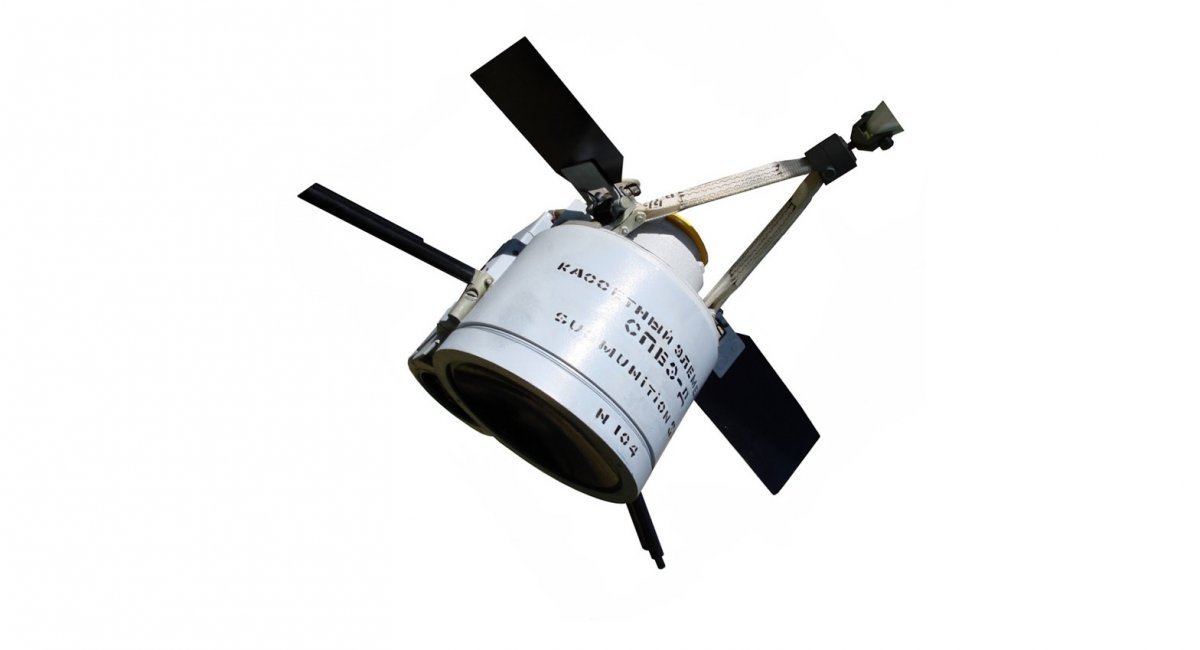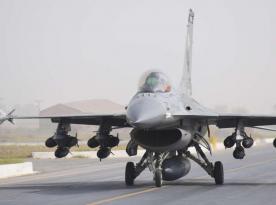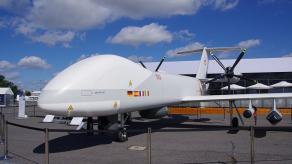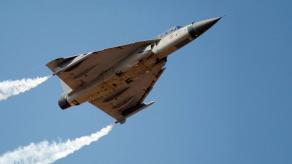During the assaults on Avdiivka, russian forces reportedly utilized cluster artillery shells containing Motiv-3M submunitions, known for their independent individual guidance. Several russian media outlets supported this claim, citing a video that supposedly showed the use of Motiv-3M submunitions, also known as SPBE-D.
In the video of extremely low quality, we can see the effect of the explosively formed penetrator (EFP) shaped by two submunitions, be they really the Motiv-3 or a similar weapon.
Read more: Why Targeting russian Warships in Dry Docks is the Only Choice Ukraine Has
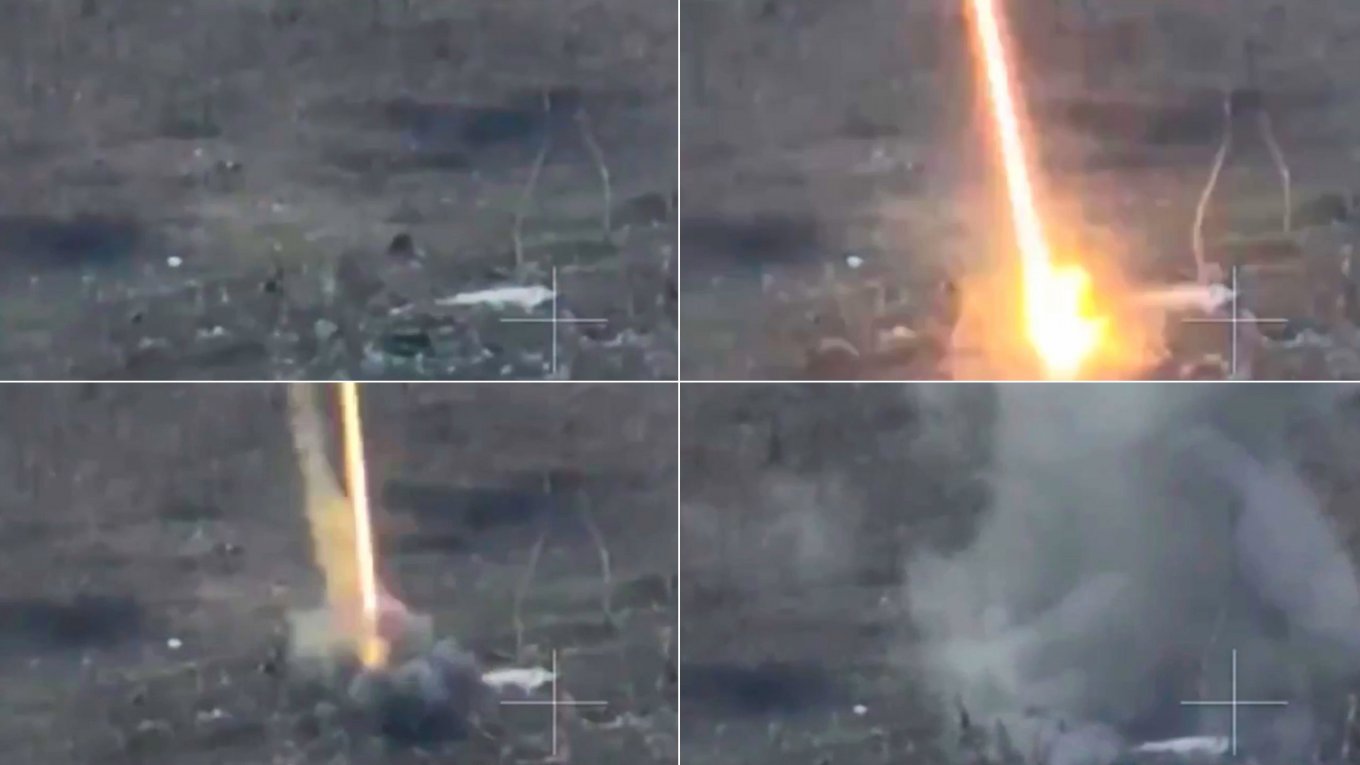
While the video's authenticity and location could not be verified, the likelihood of the enemy using Motiv-3M is deemed plausible.
These submunitions are commonly used in 9M55K1 cluster rockets for the Smerch MLRS and modified 9M544 rockets for the Tornado-S MLRS. They can also be integrated into RBK-500 cluster bombs and are expected to be part of the new glide bomb's submunition inventory. Although in this case, there is too little of a chance a glide bomb was used here.
The Motiv-3M's operational principle is the following: the cluster filled with submunitions opens above the enemy's armored vehicle concentration, releasing elements that descend on parachutes and activate infrared sensors to identify targets. Each submunition then launches an EFP warhead — basically a metal plate shaped by focused explosive energy into a high-speed slug-shaped projectile piercing through the enemy armor.

Such metal slugs can travel at speeds of several kilometers per second, this explains the appearance of characteristic "pillars of fire" in the video. Since the targets are hit in the less protected upper hemisphere, the chances of successful destruction are high.
At the same time, these submunitions are not some unique russian development. The Armed Forces of Ukraine actively use the SMArt 155 and Bonus artillery rounds, which work in a similar way.
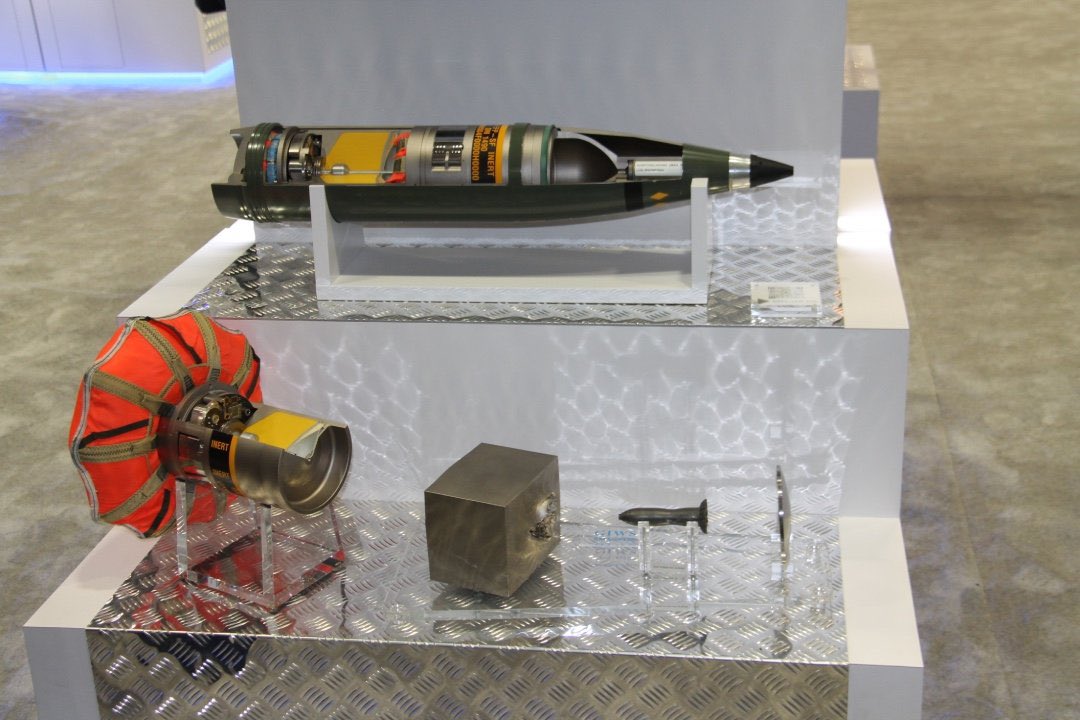
Worth noting, the use of Motiv-3M by russian forces, like any other self-guided munitions, is sporadic, and the video, in fact, represents the first visually confirmed case. This means that Russia invested in the assault on Avdiivka not just numerous manpower and equipment but also extremely deficient Smerch and/or Tornado-S rocket systems with an even more deficient type of ammunition.
On a reference note, the Smerch 9M55K1 rocket has a declared attack range of up to 70 km, and the Tornado-S 9M544 rocket, with the same filling, can reach up to 120 km, making them challenging targets for Ukrainian counter-battery warfare.
Read more: Why Targeting russian Warships in Dry Docks is the Only Choice Ukraine Has




